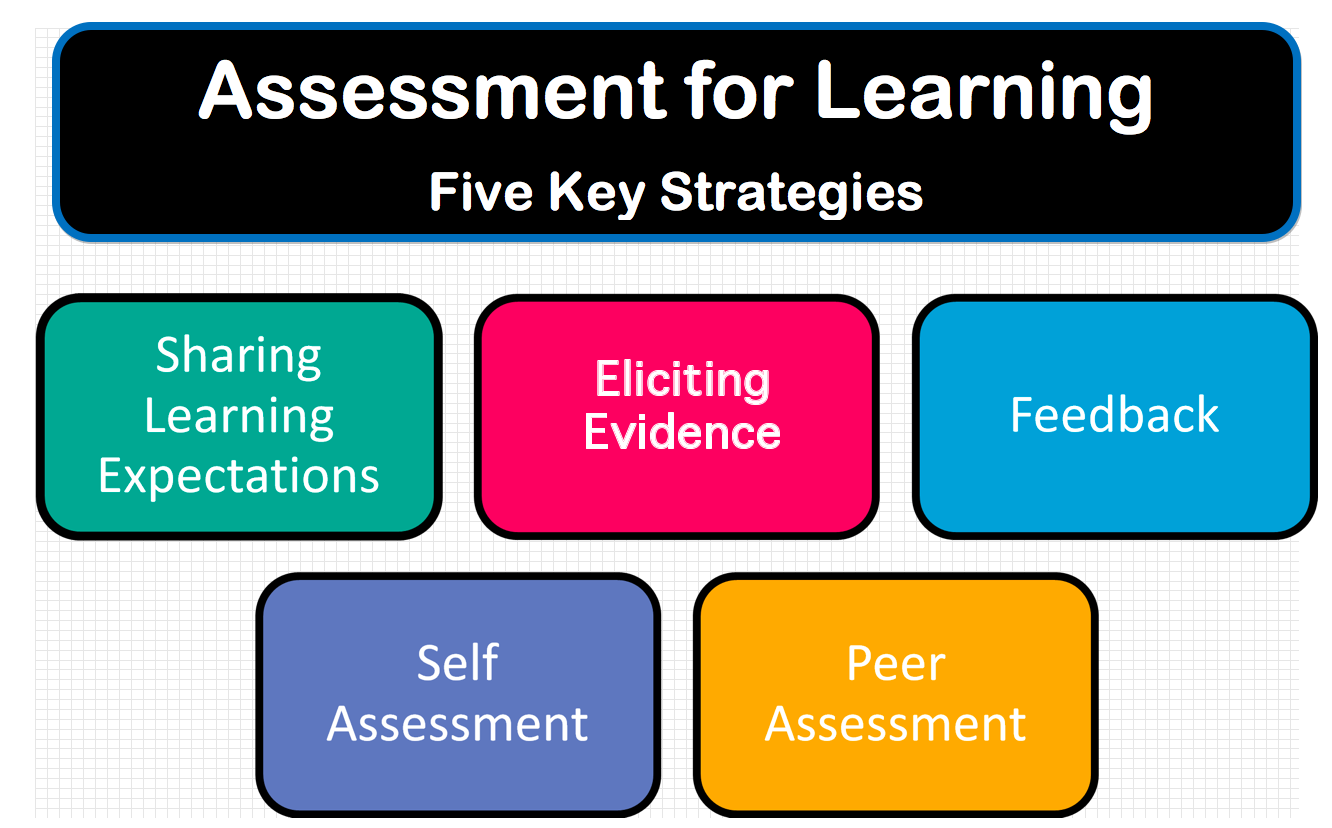As I continue to learn more about Assessment for Learning (AfL) I find ways to hone my craft. One of the five key strategies of AfL is to share learning expectations with students. I’ve used rubrics on and off for years not sure if I like the transparency of them or hate how they don’t allow for different ideas or out of the box thinking because they provide too much information. Sometimes I like to leave tasks open ended to see where students take it. To let them learn it as they see fit and express it as their imagination desires. At the AfL workshops I’ve been attending I’ve been learning how to use Marzano style rubrics to know exactly what I want my students to learn. I can then share the rubrics with students to give them a clear goal, to share the learning expectations. One thing I’ve come to accept the more I try different strategies is that too much of anything doesn’t work for me. I am truly coming to believe that a little bit of a lot of different strategies is good for many reasons. We all know that one size doesn’t fit all so if I use different teaching, learning, feedback, and assessment strategies I have a better chance to benefiting more of my students. Dare I say all? Ah, one can only wish.
One thing that I am fortunate to have is that in WA state there are folks who have taken our Science standards and re-written them into Marzano sytle rubrics. As part of my district’s effort to have us all define the power standards for our subject and grade level I was already sharing with my students the standards they would be learning about. Here’s an example of a Science systems standard where being able to show understanding of the standard is at a rubric level 3, the level we want our students to be at.
Systems Rubric Mar z
The level 2 on the rubric can be seen as having a few errors or not quite getting the standard whereas a level 4 would go beyond the level 3. But I was shown a better way to use the “levels,” which helps me not have to reduce learning to numbers. Bloom’s Taxonomy. Using Bloom’s Taxonomy also allows for differentiation of activities and assessment. A level 2 for the above systems standard can be demonstrated through remembering and understanding, the two lowest levels of Bloom’s. The level 3 activities call for applying and analyzing while level 4 activities call for evaluating and creating. Students can work at their level of understanding and feedback for me will be to help students get to their next level of understanding.
So if I share the standard with my students, essential questions from the standard, and provide choices of different activities to show how well students learn the standard I do believe I can help my students learn. I think this is a great way to Share my Learning Expectations with students and make my goals for my students crystal clear!
Here’s another document that we got, which provides ideas for ways to assess students using the different levels of Bloom’s. It’s from How to Assess Higher-Order Thinking Skills in Your Classroom by Susan M. Brookhart.
To Assess Higher Order Thinking
Here’s the workshop webpage with links to many of the resources they shared with us. I am so grateful for these great workshops, thank you OMSP! Let me know what you think about these resources 🙂








































































